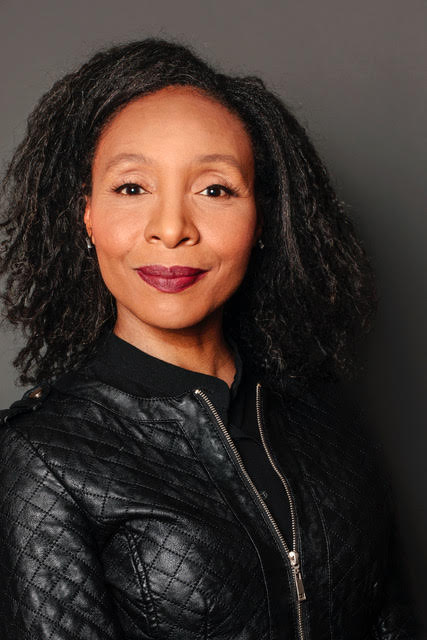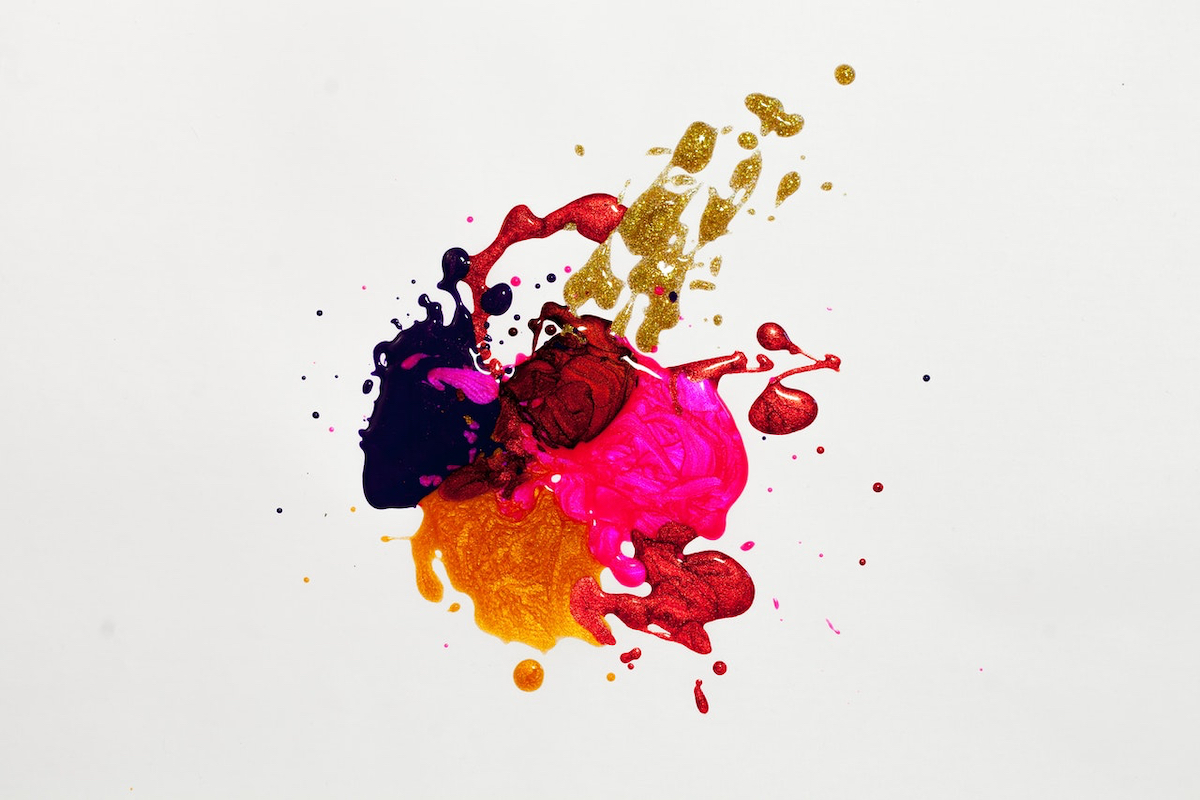Since the COVID-19 pandemic became our new normal, I have been reminding clients that days of uncertainty are designed for creativity.
When every day is full of large doses of uncertainty and ambiguity, the faux comfort of a linear plan full of boxes and arrows no longer does the trick. Plans, after all, are fiction: They do not exist. And creativity is a complex system perfectly equipped just for times like this.
We need complexity to navigate complexity. I call this the chewing gum method. You know: What’s the best way to remove a wad of chewing gum that you’ve just stepped into from the bottom of your shoe? More chewing gum! The same goes for navigating complexity. Apply creativity, a complex system, to navigate these complex times.
Creativity is a complex system because of the following attributes: It is self-organizing, adaptive, and emergent. It is rooted in chaos theory. More specifically, creativity is a chaordic system. A chaord is a word made up by Dee Hock, the founder of VISA credit cards. It means just what it sounds like — a bit of chaos and a bit of order. Keep in mind that chaos is not anarchy, it is randomness. Also, order is not control, it is structure. In the future of work and learning, creativity is key to productivity: It is a competency, and it’s the engine for innovation. Innovation is invention converted into value — financial, social, and cultural value.
I define creativity as our ability to toggle between wonder and rigor to solve problems and create novel value. Wonder is about awe, dreaming, pausing, and asking big “What if?” questions. Rigor is deep skill development, incessant practice, and time on task. While it may sound counterintuitive, it is important to make a creativity leap right now. I know it may feel more important to dig in your heels during times of crisis and only focus on the practical, survival mode stuff. And you’re right. Creativity is incredibly practical and is crucial to survival. It is not a luxury reserved for days of repose. Rigor is not sustainable without wonder. And wonder is found in the midst of rigor. We need both right now — which is to say, we must be creative — right, now.
For leaders and organizations to emerge out of this new normal stronger, and more inspired, there are four major leaps to make. These creativity leaps will enable us to adapt to entirely new terrain and disrupt our own thinking for more innovative gain.
Leap #1: From rationality to ambiguity
Einstein once remarked that intuition is “a sacred gift, and the rational mind is a faithful servant. We have created a society that honors the servant and has forsaken the gift.” And this is Einstein saying this! I find it remarkable that it was Einstein, a scientist and one of the greatest scientific minds in modern history, who encouraged us to embrace more of that which we cannot always explain with logic.
The leaders I interviewed for my book “The Creativity Leap” consistently referenced intuition as a key tool for decision making. For example, Biplab Sarkar, CEO of Vectorworks, is an engineer. He definitively acknowledged that his intuition plays a major role in his decision-making process. I define intuition as a type of pattern recognition. It is also similar to a muscle and sonar: The more we use it, the stronger and louder it gets; the more we ignore it, the flabbier and dimmer it becomes.
As the terrain in which we must survive becomes more uncertain, we need to incorporate tools that are more akin to fine-tuning a piano. Intuition is one such tool.
Leap #2: From tribes to community
Today in the United States, the political climate is very tribal. We see the schisms regularly on evening cable channel news programs. Tribes do serve their purpose. As Seth Godin wrote in “Tribes: We Need You to Lead Us,” tribes are connected to ideas. Connection is a primal force that we need as humans. Tribes are havens and a survival mechanism. But they break down when we put limits on to whom we can be connected. This is where community comes in. Community consists of tribes and is essential for creativity. This is because only in weaving together fragmented experiences in community do we do the hard work of recombining, juxtaposing, and reframing. Creativity thrives in this activity.
Leap #3: From specialization to polymath
The more educated I became, the more rewarded I was for having a deep specialization. I experienced this strongly in academia. We also see it on our corporate organizations, full of silos that we literally refer to as “divisions.” The challenge, of course, was that I felt much more energized and thriving when I worked in multidisciplinary and multichannel ways. I was required to translate what I did, to ask different questions, and to answer new questions. These were the times when I really learned much more, and when the needle on a project moved forward.
It’s also beneficial to become a boundary spanner. In this Fourth Industrial Revolution, where technology is ubiquitous and complexity abounds, you will need to mine answers from multiple sources. This will enhance your capacity to reframe a challenge and work collaboratively.
Leap #4: From the rule book to the play book
None of us gets to work from a script. On a daily basis, we must reinvent and adapt. COVID-19 has taught us sharp lessons in the art of reinvention. Rules are important for sense-making. They give us something to rebound against. This is what we understood as children and what jazz musicians embrace on a daily basis. Adopt a play book approach so that you can be more agile and adapt to questions and problems as they emerge. You will also be a lot less frustrated.
Creativity is not some woo-woo superfluous add-on. It loves constraints — on time, money, and other resources. So embrace it as your most valuable asset to make the leaps that our world requires.
Before you go...
Please consider supporting Technical.ly to keep our independent journalism strong. Unlike most business-focused media outlets, we don’t have a paywall. Instead, we count on your personal and organizational support.
Join our growing Slack community
Join 5,000 tech professionals and entrepreneurs in our community Slack today!

Federal grant freeze fire drill leaves orgs scrambling to brace for Trump-era priorities

20 entrepreneurship, tech and startup events to fill your February

Here are all the Philly incubators and accelerators to put on your radar


